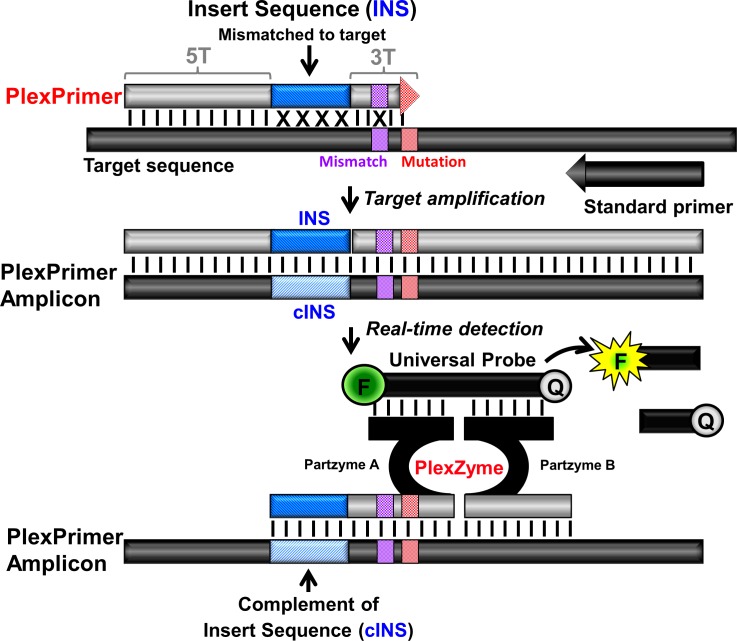Fig 1. PlexPrimer and PlexZyme detection technology.
The Plexprimer contains three functional regions; a 5’ target recognition region (5T), a short 3’ target-specific sequence (3T) and an intervening Insert Sequence (INS) region, which is mismatched with respect to the target. The PlexPrimer binds to the mutation at the 3’ terminus (red box) and also contains a mismatched base (purple box). During amplification the INS and its complement (cINS) are incorporated into the PlexPrime amplicons and these can be detected in real-time using PlexZymes. PlexZymes are nucleic acid enzymes which only form, from their component partzymes A and B, when target amplicon are present. Each of the partzymes contain a probe binding arm, a partial catalytic core and a target binding arm, orientated such that partzyme A binds to the amplicon in the region containing the cINS whilst the Partzyme B binds adjacently downstream. Catalytically active PlexZymes bind and cleave universal reporter probes between fluorophore (F) and quencher (Q) moieties resulting in signal generation.

